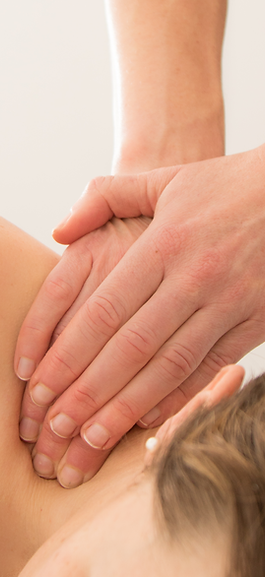
Frequently Asked Questions

Why is it called "Rolfing"?
It's named after it's founder, Dr. Ida P. Rolf. She called her work Structural Integration, but people she worked on jokingly said they were "getting Rolfed over." The nickname was just was too catchy. Eventually even Dr. Rolf herself started using the term, calling it Rolfing® Structural Integration.
I've heard that Rolfing SI is painful. Is it true?
No, it is not! Rolfing SI has this reputation because of the way it was practiced in it's early days. At the time, Rolfers thought you had to work very hard to release deeply held restrictions in the body. They got good results, so people kept coming back, thinking no pain no gain. However, after decades of practice and research, we now know you can actually get better results using a more sensitive touch.
What's the difference between Rolfing SI and massage?
Massage is wonderful for getting the tension out of tight muscles, undoing knots, and bringing circulation to dehydrated tissues. It improves the condition of the soft tissue, while leaving the shape of it basically unchanged. Rolfing actually affects the form and position of the connective tissue, so all your parts are able to relate to each other and to gravity in a healthier way. If you go to a massage therapist with pain in your shoulder, they are probably going to massage your shoulder. If you go to a Rolfer, they are going to look at your whole body, try to figure out what is putting strain on your shoulder, and address that.
If I want to experience Rolfing SI, do I have to do the whole Ten Series?
Definitely not. The Ten Series that Ida Rolf developed is a beautiful way to bring a body into balance, but we can get a lot done with a shorter series. Even a single session can be helpful to focus on a particular problem area.
